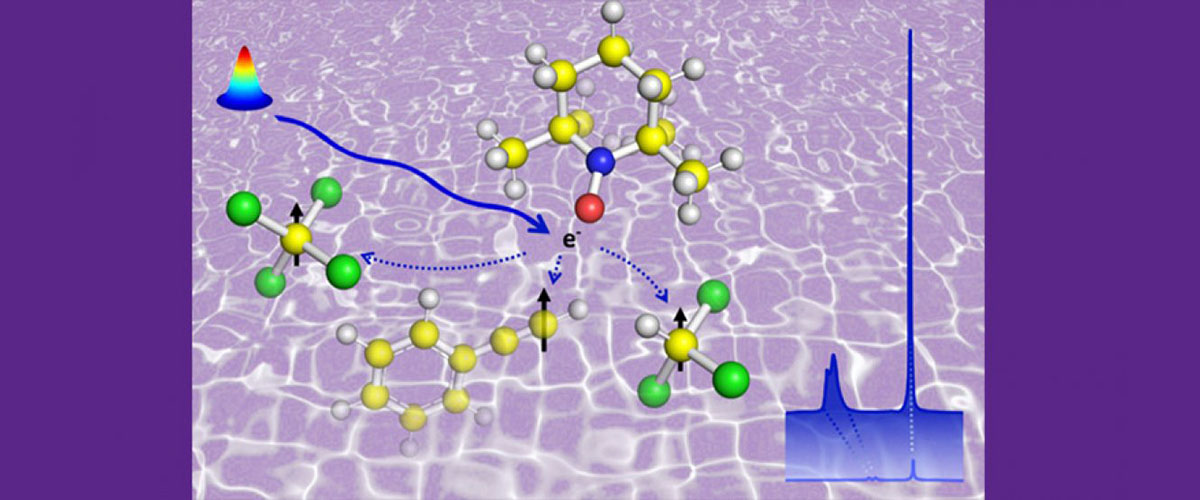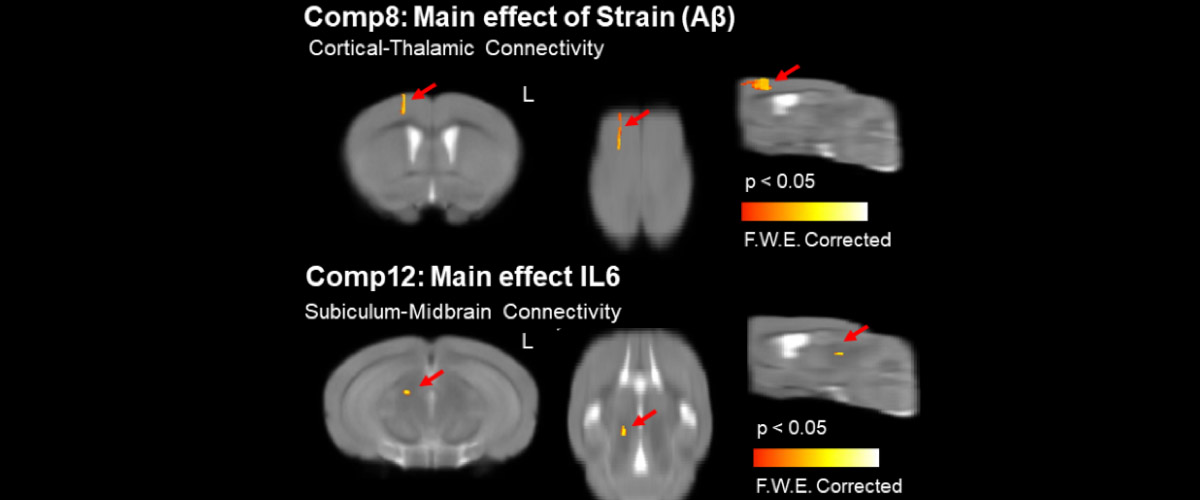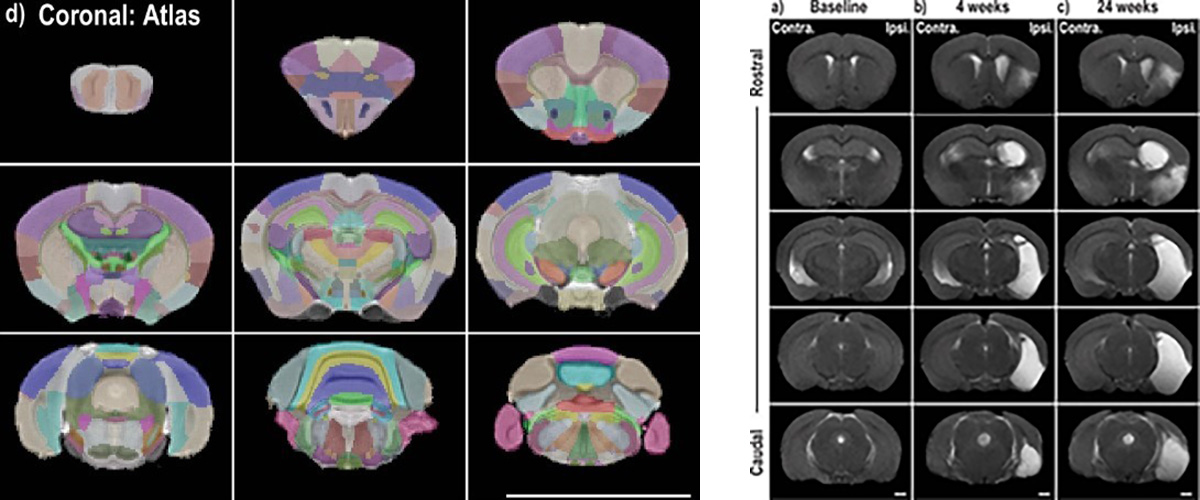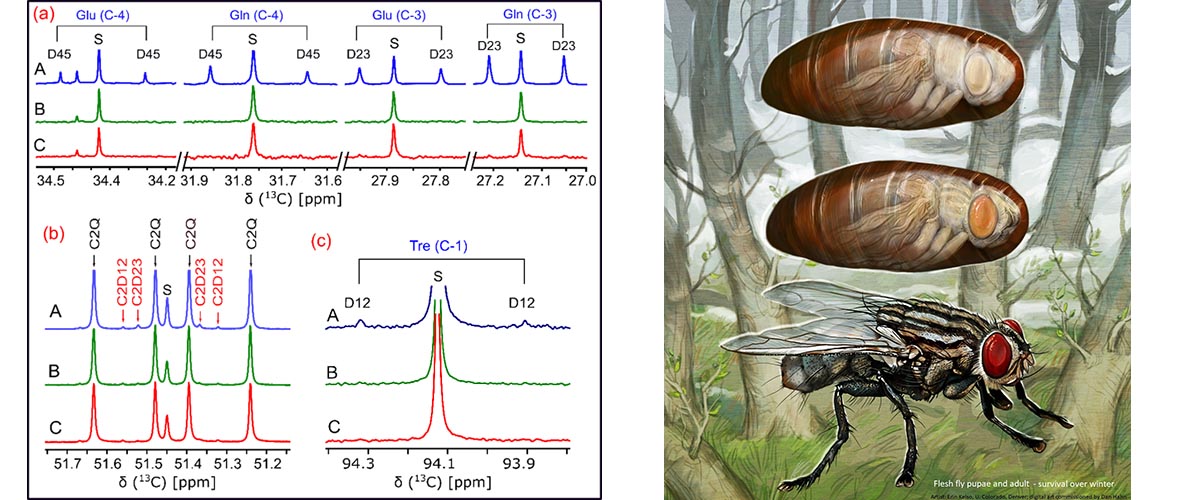What did scientists discover?
Exquisite sensitivity gains have been achieved permitting the observation at very low concentrations of molecules through a newly-developed technology, called "Dynamic Nuclear Polarization using the scalar Overhauser effect".
Why is this important?
This finding demonstrates a path forward in using the Overhauser effect to dramatically enhance sensitivity of molecules in low concentrations. This effect is particularly strong for small molecules that are important to detect in experiments on metabolomics (medicine), natural products (biology), and molecular dynamics (chemistry), thus opening a path toward a large variety of research applications.</p
Who did the research?
Thierry Dubroca1, Sungsool Wi1, Johan van Tol1, Lucio Frydman1,2, Stephen Hill1,3
1National MagLab, 2Weizmann Institute, 3Florida State University
Why did they need the MagLab?
At present, this research can only be performed at the MagLab because it requires the use of a unique in-house developed high magnetic field (14T) liquid dynamic nuclear polarization spectrometer. The spectrometer was specifically designed for high resolution (high magnetic field and high field homogeneity) and high sensitivity (strong Overhauser effect in liquids and large sample volumes).
Details for scientists
- View or download the expert-level Science Highlight, Liquid State Dynamic Nuclear Polarization at High Magnetic Field
- Read the full-length publication, Large volume liquid state scalar Overhauser dynamic nuclear polarization at high magnetic field, in Phys. Chem. Chem. Phys.
Funding
This research was funded by the following grants: G.S. Boebinger (NSF DMR-1157490, NSF DMR-1644779); S. Hill (CHE-1229170); S. Wi (CHE-1808660)
For more information, contact Tim Cross.






